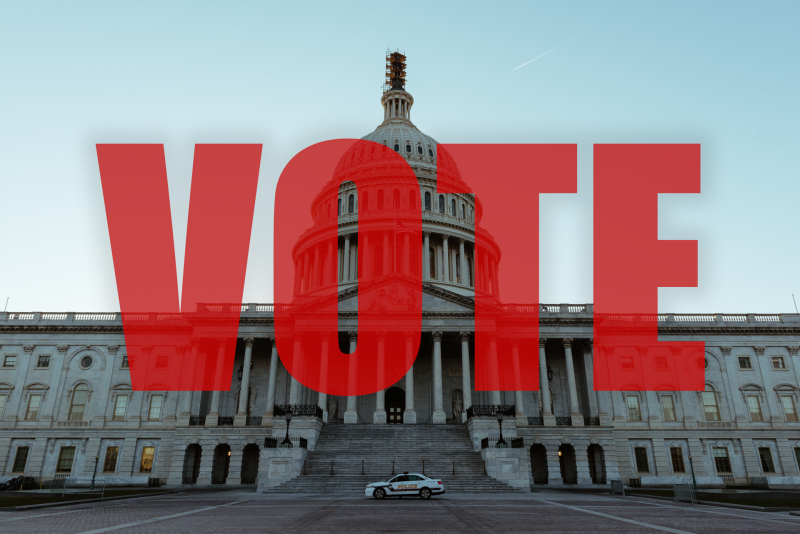jumpmanfromdabay
Banned
- 25,730
- 2,900
- Joined
- Jan 25, 2008
The only people who are going to be surprised are the A's fans that think they are going to be anything better than horrible. Beane is still the most overrated GM in the game. Your team didnt improve at all.
The most overrated gm in the game?? He's managing the A's for crying out loud. Does he need a top 5 payroll/owner whose willing to spend to be considered an accurately rated gm?
You can't be serious?










